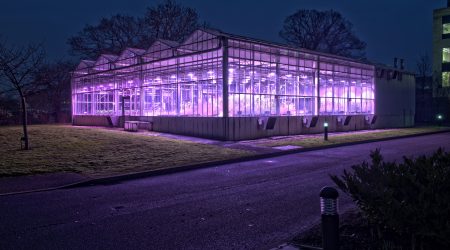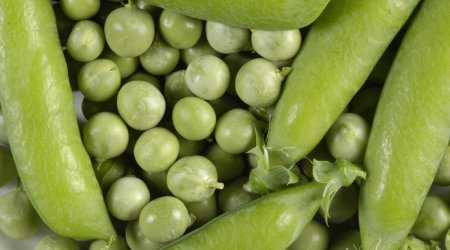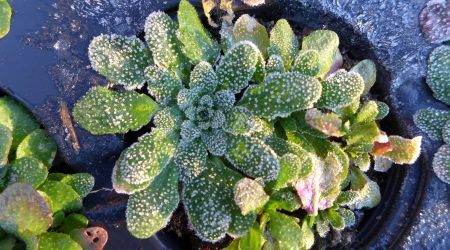Professor Martin Howard and his research group apply mathematics and physics-based approaches to decipher how plants remember past events, in particular the passage of the seasons
In biology this is called epigenetic memory and stems from the ability of genes to switch, then stably maintain gene expression states.
Professor Howard explains
In plants, this ability to monitor, remember and then respond to seasons is essential to survival, as it determines in part when plants flower. Flowering at the wrong time, such as before or during winter, could put a plant in peril. Furthermore, looking beyond plants, the underlying memory mechanisms are essential for the development of all higher organisms.
Previous vital work carried out by John Innes Centre’s Professor Dame Caroline Dean, who Professor Howard collaborates with, discovered many of the key components of the epigenetic mechanism responsible for the molecular memory of winter in plants. However, much less was known about how the epigenetic system functioned as a whole in creating and maintaining stable memory states. This is what Professor Howard seeks to decipher using mathematical models of plant gene expression.
As Professor Howard describes, “I was trained as a theoretical physicist. In fact, my highest qualification in biology is a GCSE. Sometimes I don’t know what to call myself: I still carry with me the training that I had, but I use it to try to understand how biology works, so now my work is a hybrid of physics, maths and biology.”
How plants remember cold has turned out to be an ideal experimental system to investigate both the maintenance of epigenetic states and the switching between them. Over time, winter temperatures silence a gene called FLC, which usually acts as a brake on flowering. The silencing of the FLC gene is maintained after winter, providing a memory of cold weather into the following spring.
The maintenance of silencing is carried out through the action of a type of protein complex, called Polycomb Repressive Complex, and its ability to put chemical marks on the histone proteins that wrap the DNA. In combination with longer days, maintenance of FLC repression removes the brake on flowering in spring.
Professor Howard explains why this makes the system useful for studying epigenetics: “A key advantage of this system in plants is that it is slow, taking place over months, which makes it easier to dissect how the transitions work. In some other systems, the whole process is over within hours. The fact that the plant system has a quantitative element, with more cold giving more silencing, also introduces another angle to help understand the dynamics.”
Experimental data has allowed the team to identify various states of silencing in epigenetically regulated genes. These states, along with equations and probabilities that capture changes in silencing, are used to build mathematical models that can simulate the epigenetic state transitions. This offers insight into how the molecular memory system functions.
Professor Howard reflects
Using this combined experimental and theoretical approach, the Howard group have shown how the epigenetic silencing of FLC is fundamentally digital. FLC is either fully on or fully silenced – there is no in between.
This memory is stored locally, in the chemical marks that are added to the histone proteins that package the DNA. As Professor Howard expands, “Fundamentally this system is digital for the same reason your computer is digital, because it needs to stably store memory over a long period of time.”
More recently, the team has identified an additional phase in the sequence of events involved in the Polycomb silencing mechanism. This work exploited natural variation in plants’ ability to remember cold. Specifically, the team used a Northern Swedish variant of Arabidopsis, called Lov-1, which requires many more weeks of cold exposure to achieve FLC silencing.
The team carried out experiments to observe patterns of silencing of FLC in Lov-1 plants, across different temperature changes. Using this data they built models to try to explain the observed changes, fitting parameters to the data. Initially the model did not fit the experimental data perfectly and this led to hypotheses that could explain the different biological patterns observed. Using this approach, the team discovered an additional epigenetic state, the perpetuated state, which was unstable in Lov-1.
Through additional experiments, the team were then able to determine which features of Lov-1 mediated this instability, narrowing the search down to four single changes in the DNA of Lov-1.
Professor Howard’s work has broad implications for understanding epigenetic mechanisms across many organisms.
Mathematical modelling of how plants sense and memorise cold exposure has offered insight into the fundamental mechanisms of how cells remember, and ultimately how organisms respond to their environment. In the case of plants, this fundamental knowledge has implications for a diverse range of plants and may help us to understand how the botanical world responds to future changes in climate.







